
The interdisciplinary archaeological research at the sanctuary of the Geometric and Archaic Periods in Nikoleika of Aegialeia continued in 2023, further documenting the different chronological phases of the cult centre of the ancient city of Helike, which was destroyed by the earthquake of 372/3 BC. The research is being carried out in the framework of a five-year research programme of the Directorate of Prehistoric and Classical Antiquities under the direction of Dr. Erofili Kolia, Head of the Ephorate of Antiquities of Helike and Dr. Anastasia Gadolou, General Director of the Archaeological Museum of Thessaloniki.
North of the already excavated arched temple (710-700 BC) and the oldest altar of raw bricks inside it (760-750 BC), the remains of two more buildings were investigated, while the investigation of layers with remains of cult activities of the 9th-7th century BC continued.

Bronze snake head, probably from a scepter from the excavation of the archaic building.
Specifically, during the recent research, conducted from May 2 to June 23, 2023, two buildings were found north of the arched temple. The oldest building, dating back to the 8th century BC.
At a higher level of 0,80/1,00 m. the stone foundation of a temple building of the 7th/6th century BC was found, as well as stone quadrilateral bases, which probably belong to the central colonnade, and part of the floor of pressed earth. During its excavation, pottery, mainly of the Archaic period, clay figurines, and a bronze snake head came to light. Finally, it is worth mentioning the discovery of a clay wing of a mythical figure, a sphinx or Gorgon, another architectural relief of the 6th century BC, which was found on the last day of the excavation in a square to the east of the above buildings and which belongs to the gable decoration of a temple of the first half of the 6th century BC.

General view of the excavation from the east. The oldest arched building of the 8th century BC and parts of the stone foundation of the newer temple-shaped building (7th/6th century BC) as well as the two bases of the central colonnade are visible.
Also, in the excavation blocks east of the buildings, a large quantity of pottery dating to the 8th and 9th century BC was unearthed, certifying the cult use of the site as early as 850 BC. The offerings to the deity to whom this sacred place was dedicated include clay and bronze figurines, among which the bronze figurine of an animal, probably a dog, and clay chariot wheels stand out, bronze buckles and pins (parts for fastening clothes), but also iron weapons, while the discovery of a golden nugget (a fitting for a fence), a rare find in the sanctuaries of Aegialeia, was interesting.
Among the building remains, both on the basis of observations in the field (macroscopic) and through laboratory analyses (collection of samples from the archaeological layers, after appropriate processing and microscopic study by the geoarchaeologist of the scientific team Dr. M. Goumas), a number of flooding episodes were certified, a phenomenon frequent in the area even in modern times (1940-1950), as we were informed by the villagers. The fact that, despite the fact that the area was threatened by frequent natural disasters in antiquity, it was not abandoned by the inhabitants, who continued to repair the buildings or build new ones, reflects and confirms their desire and anxiety to preserve the place, which we believe was the cult centre of Helike. According to the findings of this year’s excavation research, apart from the main deity worshipped -which we believe was Poseidon, as it is associated with horses and equestrian competitions- there are indications of the worship of a second deity, the identity of which we will conclude, after its documentation through the study of the votive offerings.

Clay wing of mythical creature coming from an architectural relief, probably a temple pediment of 560/550 BC.
The cult practices included animal sacrifices, mainly of sheep and goats, but also of pigs according to the conclusions of the archaeozoologist, Dr. Kazantzis, scientific partner of the excavation, who studied the excavation material. The study of ancient plant remains that came to light during the flotation of the excavation soils is being conducted by Professor of Archaeobotany E. Margaritis and postdoctoral researcher Dr. K. Tsirtsi at the Institute of Cyprus and confirmed for another year the large quantity of grape fruits that reflects the importance of wine for the cult practices at the sanctuary.
The design and photogrammetric recording of all the excavation layers was carried out by the architect V. Malkakis and the topographer M. Skamardzani ensuring the complete archaeological documentation.
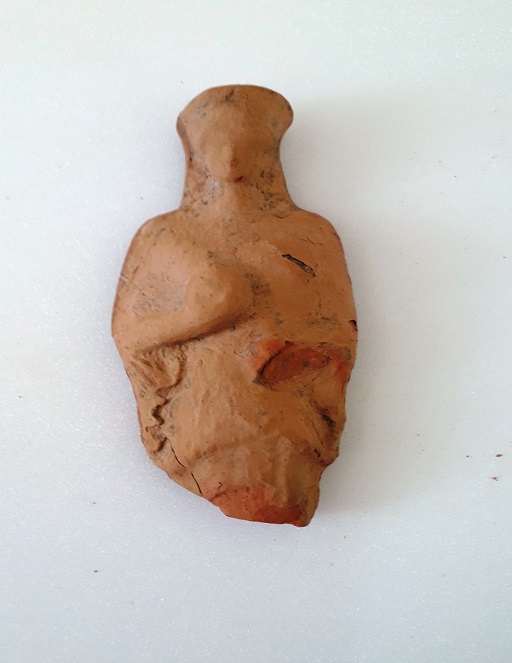
Clay figurine of a female figure from a building of the Archaic period.
In this year’s excavation research participated the archaeologists of the Ministry of Culture G. Ivou, P. Skiadopoulou and S. Stooggioti, as well as ten postgraduate students from the Department of History and Archaeology of the National and Kapodistrian University of Athens, the Universities of Ioannina, Thessaloniki and Peloponnese and the School of Architecture of the National Technical University of Athens. The conservation of the finds is carried out by Vassilis Kyrkos and Loukia Vouza, conservators of the Ministry of Culture.

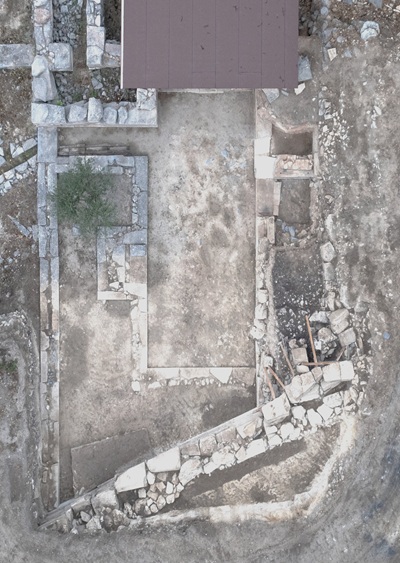
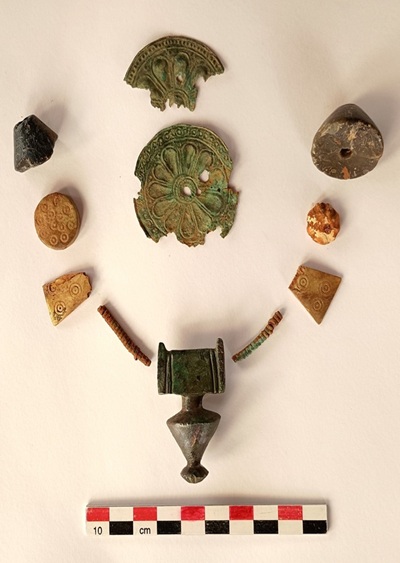
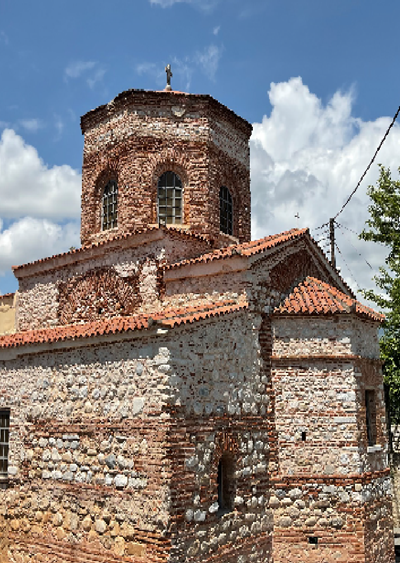
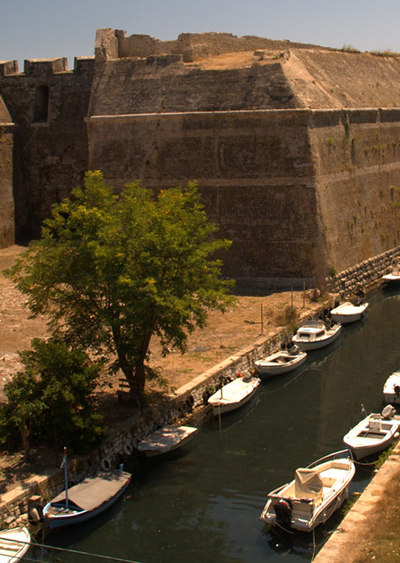


Leave A Comment